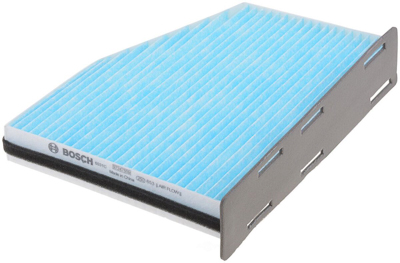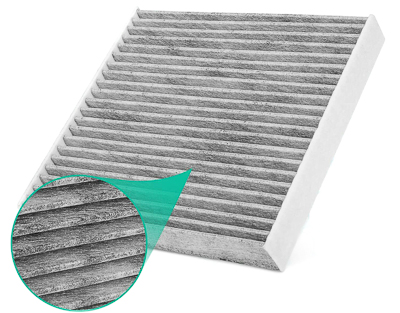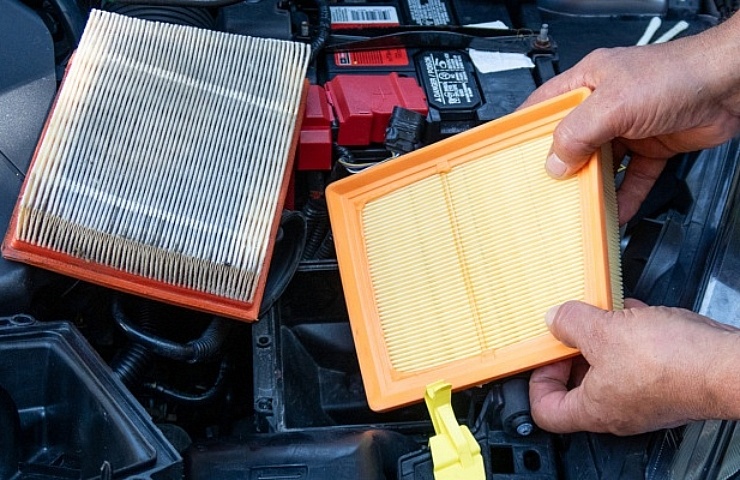Contents
Why Does the Engine Need an Air Filter?
The engine air filter traps dirt and dust, allowing only clean air to pass through. If dirt were to enter the engine, the grit could damage or scar sensitive components and increase the wear and tear on the engine. That can cause critical components to fail prematurely.

Cabin Filters for the Vehicle’s Occupants
With the advancements in air conditioning, some motorists seldom open their car windows and instead allow air to enter through the car’s heating, ventilation, and air conditioning (HVAC) system. Engineers realized that something should filter out harmful pollutants and dirt before the passengers breathe it in. Thus a cabin filter was created.

- Fiber filter – The basic cabin air filter is a pleated fibrous material. It can trap most particles under three microns in size.
- Charcoal cabin filter – Embedded in the middle of the fibrous filter is a layer of charcoal that traps finer particulate materials. The charcoal also removes odors from smoke or exhaust fumes.
- Activated charcoal cabin filter – The filter’s charcoal layer can also use activated charcoal. Activated charcoal has been subjected to heat and chemicals to absorb gasses, and therefore odors, better.
- Electrostatic cabin filters – In these filters, the material holds a static charge. Instead of being trapped by fabric or charcoal as the fine particulates flow through, they are attracted to the electrostatically charged material and cling to it. This makes it easier to remove fine pollen and particles from the air.

Engine Air Filter Types
Engine filters are generally made from one of two materials. Many filters use a paperlike fiber folded into accordion pleats for more surface area. This makes the filter more effective with a smaller footprint. Most paper filters are designed to be single-use; you replace them when they reach the end of their lifecycle.

Occasionally you may see an air filter made with a spongy rubber foam. These are often used by dirt racers and off-roaders because they can be quickly washed out and reused after a race or a day in the sand. These filters are not practical for long-term use.
When to Replace the Filters

If you’re not sure when your filters were last changed, you can take the filter out and hold it up to a strong light. If the light is substantially blocked or you see caked-on dirt, it is time for a replacement.
Odors From Filters
Since cabin filters are designed to trap pollen, spores, and dirt, there is a chance that mold or mildew might develop over time. This causes a noticeable odor in the passenger compartment. Check your cabin filter if you notice a musty smell.
With some exceptions, most engine air and cabin filters are easy to replace. Take the time to locate them in your engine or behind your glovebox and grab a replacement from eBay Motors. When you install a fresh new air filter, you and your vehicle can breathe easier.
Shop now for cabin air filters




